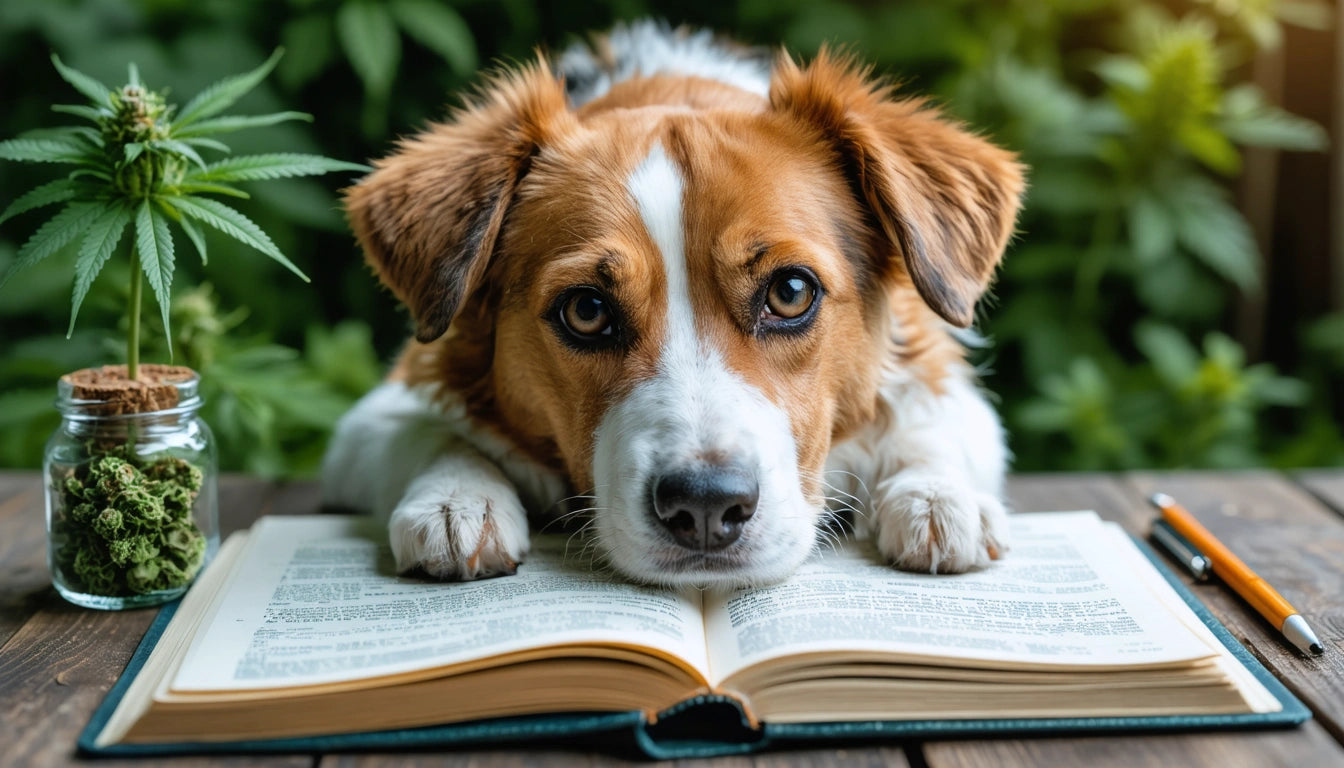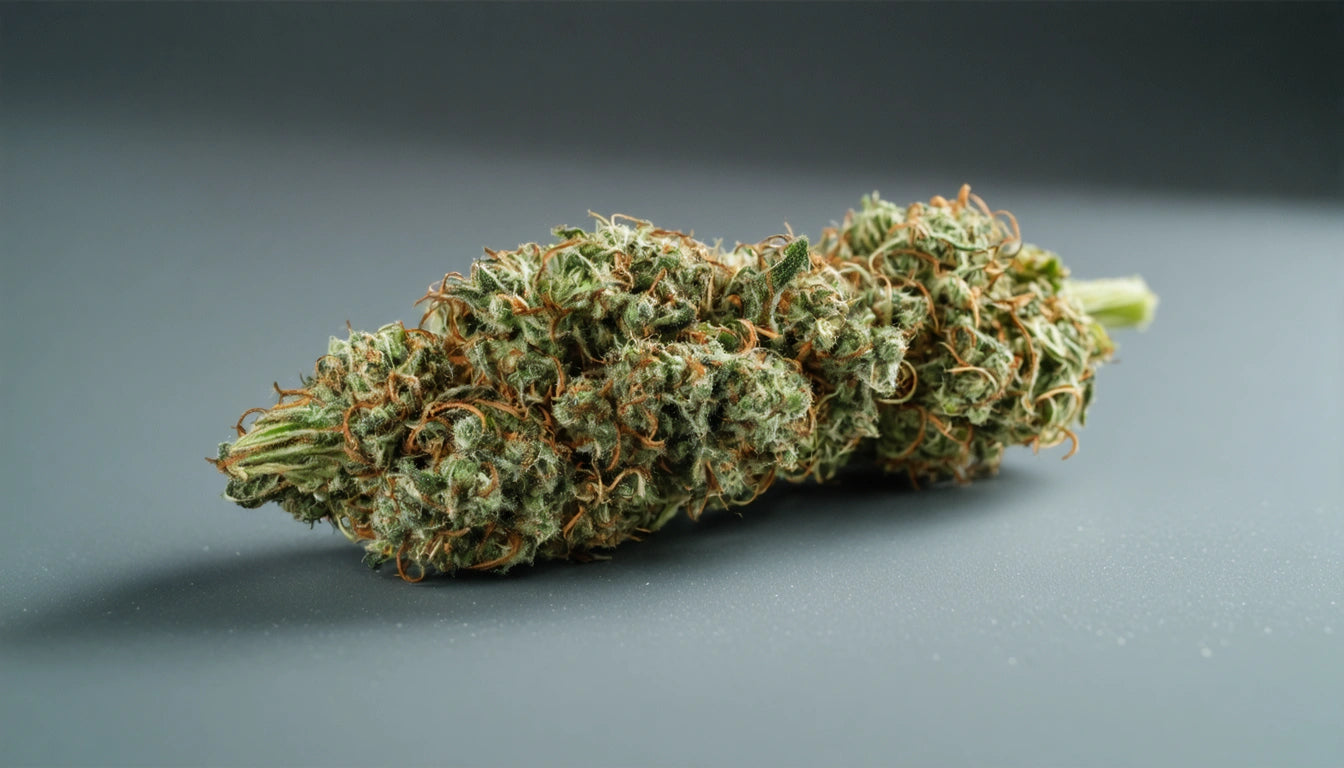Table of Contents
- Cannabis Effects on Dogs: What Happens When Dogs Get High
- Common Routes of Cannabis Exposure in Dogs
- Recognizing Symptoms of Cannabis Intoxication in Dogs
- Medical Treatment for Cannabis-Exposed Dogs
- Can a Dog Sleep Off a High? Home Care Guidelines
- Prevention Strategies: Keeping Your Pets Safe
- Legal and Ethical Considerations for Pet Owners
Understanding the Effects and Risks of Dogs Getting High
Cannabis consumption has become increasingly common as legalization spreads, but this raises important questions about pet safety. Many pet owners wonder what happens if a dog gets high and whether dogs can safely metabolize cannabis compounds. This article addresses these concerns while emphasizing that deliberately exposing pets to cannabis is harmful, potentially illegal, and constitutes animal abuse.
Cannabis Effects on Dogs: What Happens When Dogs Get High
Dogs process cannabis differently than humans due to fundamental biological differences. Canines have a higher concentration of cannabinoid receptors in their brains compared to humans, making them significantly more sensitive to THC effects. This heightened sensitivity means that what might be a pleasant experience for a human can be frightening and potentially dangerous for dogs.
According to research on canine cannabis exposure, dogs can experience toxic effects at much lower doses than humans. Unlike people, dogs cannot understand what's happening to them when intoxicated, leading to confusion, fear, and distress.
Why Dogs React Differently to Cannabis
The canine endocannabinoid system functions differently from humans in several key ways:
- Dogs metabolize cannabinoids more slowly
- Their higher density of cannabinoid receptors amplifies effects
- They lack the cognitive framework to process altered states
- Their smaller body mass means higher concentration of compounds per pound
These differences explain why what happens if a dog gets high is very different from human experiences, and why veterinarians universally advise against cannabis exposure for pets.
Common Routes of Cannabis Exposure in Dogs
Most cases of canine cannabis intoxication are accidental rather than deliberate. The most common exposure routes include:
Ingestion of Cannabis Products
Dogs frequently consume edibles, flower, or concentrates left accessible. Edibles pose a dual threat as they often contain other toxic ingredients like chocolate or xylitol. Proper secure cannabis storage containers and child-resistant packaging are essential for preventing accidental ingestion by curious pets who can easily tear through paper or plastic bags.
Secondhand Smoke Exposure
Dogs can absorb THC through secondhand smoke inhalation. Their sensitive respiratory systems and smaller lung capacity make them vulnerable to the effects of smoke in enclosed spaces. As discussed in research on feline cannabis exposure, secondhand smoke affects all household pets, though symptoms may manifest differently across species.
Recognizing Symptoms of Cannabis Intoxication in Dogs
Identifying cannabis toxicity in dogs requires understanding the typical symptoms, which can range from mild to severe:
- Ataxia (uncoordinated, wobbly movement)
- Dilated pupils and glazed eyes
- Urinary incontinence
- Hypersensitivity to touch and sound
- Slow heart rate (unlike humans who often experience increased heart rate)
- Vomiting
- Tremors or seizures in severe cases
The severity depends on the dog's size, the amount consumed, and the THC concentration. Small dogs face greater risks due to their lower body weight. If you observe these symptoms and suspect cannabis exposure, veterinary attention is necessary.
Medical Treatment for Cannabis-Exposed Dogs
Veterinary intervention for cannabis toxicity typically involves:
Decontamination Procedures
If caught early (within 1-2 hours of ingestion), veterinarians may induce vomiting to remove unabsorbed cannabis from the stomach. This is only done if the dog is alert enough to protect their airway during vomiting.
Supportive Care
Treatment focuses on managing symptoms until the body metabolizes the THC:
- IV fluids to prevent dehydration
- Temperature regulation
- Monitoring of vital signs
- Anti-nausea medication
- In severe cases, respiratory support
As outlined in this guide for concerned pet owners, being honest with your veterinarian about potential cannabis exposure is crucial for proper treatment.
Can a Dog Sleep Off a High? Home Care Guidelines
Many pet owners wonder if a dog can sleep off a high without medical intervention. While mild cases may resolve with time, home care should never replace veterinary assessment. If a veterinarian has evaluated your pet and advised home monitoring, follow these guidelines:
- Keep the environment quiet and calm
- Ensure access to water but monitor intake
- Prevent falls from furniture or stairs
- Monitor breathing and responsiveness
- Do not administer human medications or home remedies
Even with mild symptoms, professional guidance is recommended as complications can develop unexpectedly.
Prevention Strategies: Keeping Your Pets Safe
Preventing cannabis exposure is straightforward with proper precautions:
- Store all cannabis products in secure, locked containers
- Use child-resistant packaging that's also pet-resistant
- Keep edibles completely inaccessible to pets
- Smoke in well-ventilated areas away from pets
- Properly dispose of roaches, ash, and packaging
- Inform guests about household pet safety rules
As cannabis becomes more common in households, incorporating these safety measures into regular routines becomes increasingly important for responsible pet ownership.
Legal and Ethical Considerations for Pet Owners
Deliberately exposing animals to intoxicants raises serious ethical and legal concerns. In most jurisdictions, intentionally getting a dog high may constitute animal cruelty under animal welfare laws. Veterinarians are trained to recognize signs of intentional drug exposure and may be mandated reporters in cases of suspected abuse.
The question of how to get a dog high should never be pursued, as it represents a fundamental misunderstanding of responsible pet ownership and animal welfare. Instead, pet owners should focus on understanding cannabis risks to better protect their animals from accidental exposure.
For those using medical cannabis, balancing personal therapeutic needs with pet safety requires extra diligence. The growing availability of secure storage solutions makes this increasingly manageable for households with both cannabis users and pets.











Leave a comment
All comments are moderated before being published.
This site is protected by hCaptcha and the hCaptcha Privacy Policy and Terms of Service apply.